

WELCOME
2O25 ART PRIZE FINALISTS
The King’s School has a wonderful heritage of supporting contemporary art within Australia. The King’s School Art Prize was established in 1994 to encourage the careers of emerging contemporary Australian artists. This acquisitive prize celebrates 31 years thanks to the ongoing generosity of The King’s School Fathers’ Association who have continued to sponsor the Art Prize since its genesis. Through this initiative, the boys and community of The King’s School enjoy the benefit of a wonderful collection of paintings that form a rich and immersive learning experience.
The King’s School Student Art Prize returns for 2025. This Prize was established by The Fathers’ Association in 2023 to further encourage a passion and appreciation of art in the Preparatory students. I encourage you to visit the Preparatory School Administration Centre to view the work of the finalists.
We welcome you to The King’s School Art Prize Exhibition and trust that you will be captivated by the selection of work on display.
Chris Atwood Acting Head of the Preparatory School


Sebastian Goldspink is a curator based in Sydney with a practice focused on emerging and First Nations art.
In 2011 he founded the curatorial initiative ALASKA Projects to support exhibitions in disused locations. He has held professional appointments with the Museum of Contemporary Art, Art Month Sydney, and the National Art School.
He has served as the Director of Woollahra Gallery at Redleaf and the Hazelhurst Art Centre. He sits on the boards of Western Sydney University Creative and the Power Institute at Sydney University. In 2022 he curated the Adelaide Biennial of Australian Art at the Art Gallery of South Australia entitled Free/State. Goldspink regularly writes and hosts discussions about contemporary Australian art.
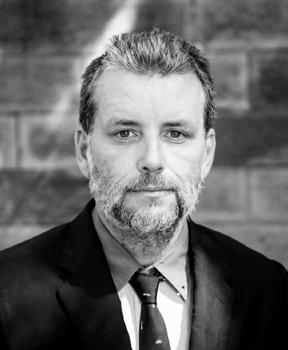
GUEST JUDGE SEBASTIAN GOLDSPINK
AUSTRALIAN GALLERY DIRECTOR & CURATOR
The King’s School has been a proud supporter of the arts for many years. This year, the School will be celebrating the 31st anniversary of the awarding of The King’s School Art Prize.
The King’s School Art Prize is a prestigious and anticipated art prize within Sydney. The acquisitive award is currently valued at $20,000. It was established in 1994 and attracts entries from leading contemporary artists from across Australia.
Former winners include Steve Lopes, Peter Churcher, Nicholas Harding, McLean Edwards, Pepai Jangala Carroll, Aida Tomescu, Ben Quilty, Jun Chen, Cassaria Young Hogan and Zoe Young.
All finalists’ artwork will be for sale, except for the 2025 Art Prize winner.
If you are interested in purchasing one of these finalists’ pieces, please express your interest via email to mlt@kings.edu.au
A personal appointment for viewing will then be organised. Alternatively, general viewing of Art Prize finalists is available on Thursday 12 June to Saturday 14 June 8.00am to 4.00pm and Sunday 10.00am to 12 noon in Horrocks Hall.
2O25 ART PRIZE FINALISTS
ART PRIZE FINALIST'S PROFILE
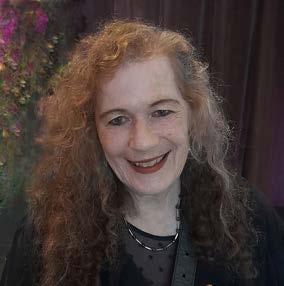
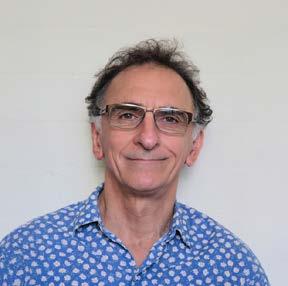



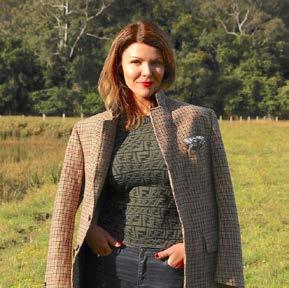
DEBORAH BECK
TONY COSTA
JANE GUTHLEBEN
KATE CONSTANTINE
CHARMAINE DAVIS
BELYNDA HENRY
2O25 ART PRIZE FINALIST'S PROFILE




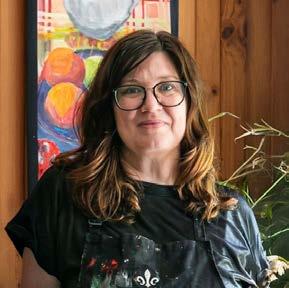
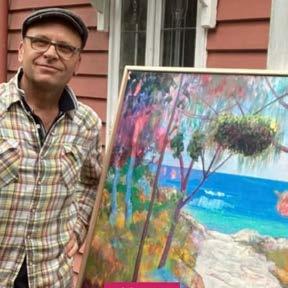
ADRIAN HOBBS
YALTI NAPANGATI
ANGELINA NUNGURRAYI
NICOLA MOSS
KATE NIELSEN
NICK OLSEN
2O25 ART PRIZE
ART PRIZE FINALIST'S PROFILE
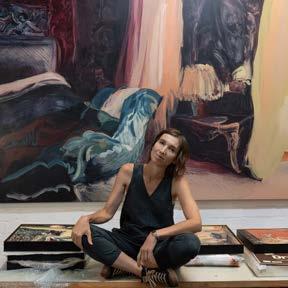
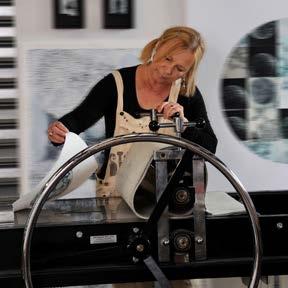
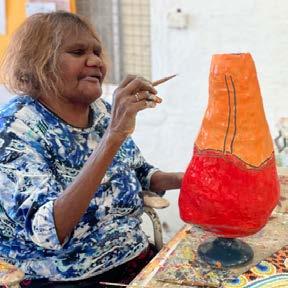
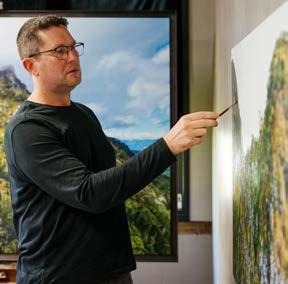


RENATA PARI-LEWIS
LISA SEWARDS
RENITA STANLEY
HOBIE PORTER
ELWIRA SKOWRONSKA
GAYPALANI WANAMBI
2O25 ART PRIZE FINALIST'S PROFILE




MIRRA WHALE
YARITJI YOUNG
GINGER WIKILYIRI
ANNE ZAHALKA
2O25 ART PRIZE FINALISTS

'SUSPENDED'
DEBORAH BECK | Defiance Gallery
Oil on Canvas
45.5 x 148.5cm, depth 3.5cm, $9,900 or $3,300 each
“This triptych depicts closely cropped sections of suspended curtains. The cropping creates an intimate close-up that removes the cloth from its original context. The drapes are sourced from the rich furnishing fabrics of historic houses in NSW, paying tribute to the skilled designers and unknown artisans who originally made them. Although painted on a two dimensional surface, the folds in the cloth create an almost tactile illusion of depth. The patterns also appear to be suspended in time, evoking memories of an era when fabric was used as a way to decorate and enhance interiors of private houses.”
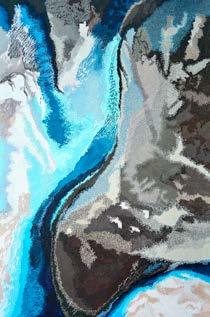
“One of the Gadigal songlines; a physical and spiritual connection to a place other than our own Country, connects the Gadi to Kati Thanda (Lake Eyre) the great salt lake that occupies 9,700 square kilometres of the desert and the wider basin area it sits within spans the intersection of South Australia, the Northern Territory, Queensland and New South Wales.
The lake and its creeks, waterholes and tributaries only flow after the great desert rains and have been cared for by Arabana custodians for tens of thousands of years. There is also a special Gadi story of the Garanga (Pelican) that follows breeding cycles between Warrane (Sydney) and Kati Thanda; it demonstrates a deep knowing of the animal, spirit, people and place.
Wisdom of the cycles and place kicked off this series, a study of our great salt lakes, as seen by a bird soaring through the sky, dreaming of our big Countries.”
‘WUMERA NANGAMAY #30’
KATE CONSTANTINE | Art Leven
Acrylic on Canvas
100 x 150cm, $12,000
The emotional feelings over and above the physical reality dominate my work. Ultimately the invention and unity of the work is what matters to me, I am always interested in transcending appearances in order to discover new pictorial truths. TONY COSTA
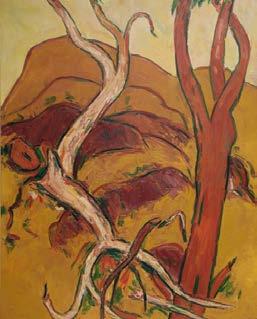
‘WARUMBUL'
TONY COSTA | Art Atrium
Oil on Canvas
152 x 122cm, $15,000

“I have spent the last 10 years painting and drawing in the Royal National Park south of Sydney.
Warumbul had experienced a violent storm the day before. I was immediately struck by this giant gum which had fallen away from its base. The drama of this chaos became the inspiration for this painting.
Once I am attracted to a subject, I begin to draw, collecting information and sensations. I am particularly drawn to the unique rhythms of the Australian landscape. The challenge for me is to trap the life force of my subject. It is this transfer of the invisible, based on my direct experience together with my memory of the place.
The emotional feelings over and above the physical reality dominate my work. Ultimately the invention and unity of the work is what matters to me, I am always interested in transcending appearances in order to discover new pictorial truths. “
“I have been interested in art my entire life. I have fond memories of my mother and father dabbling in drawing and painting. It’s in my blood to create.
My work is a reflection of my spiritual connection to Country. My artwork speaks to me and to others of the beauty of this land.
My art practice includes repurposing textile materials creating intricate stencils that I use within my paintings.
This painting represents the mighty Clarence River in Grafton, New South Wales. I lived in Grafton and the surrounding areas in my early years and still have family there. The Clarence River is so majestic and always calls me back to connect with family and country.”
‘CLARENCE RIVER - YESTERDAY’S MEMORIES’
CHARMAINE DAVIS | Curatorial + Co
Acrylic on Canvas
120 x 120cm, $6,600
2O25 ART PRIZE FINALISTS
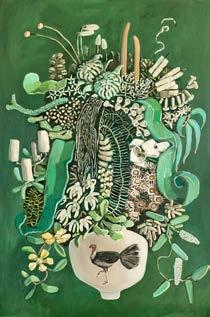
‘OPULENT ARRANGEMENT AND A TURKEY’
JANE GUTHLEBEN | M.Contemporary
Oil on Linen
182 x 122cm, $13,000
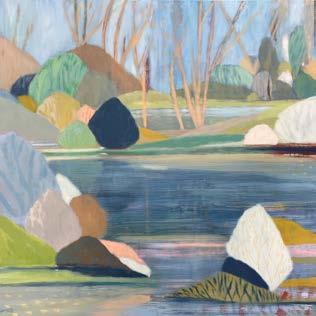
“Opulent Arrangement and a Turkey reimagines Still Life painting from the Dutch Golden Age with flora from Sydney's sandstone environment. Gathering more than 30 species of flora into a vertiginous scheme which hovers in ambiguous green space. A white urn features the Australian brush turkey, a much-maligned mound-builder which is considered to be a suburban pest, although it is integral to the ecosystems supporting the flora.
Tapping into the historical symbolism of Dutch Golden Age painting and its encoded messages about morality and the transience of life. Inspired by the rare women painters of the time such as Rachel Ruysch, Clara Peeters and Maria Sibylla Merian, Guthleben reimagines their European-style compositions with local species.
Despite the serious themes underpinning her work, Guthleben wishes to bring out the humour in many Australian species, especially when comparing them to European counterparts.”
“I feel the absolute landscape is both perfect and imperfect. Plato asserted that the world we perceive is just an imperfect fleeting reflection of an ideal unchanging reality. I believe when we see a landscape it becomes our landscape and then a painter would admit that they are not painting a physical landscape, yet a depiction of their internal emotional one.”
‘PLATO’S LANDSCAPE’
BELYNDA HENRY | Findlay Galleries
Acrylic and Pastel on Linen
122 x 122cm, $18,000
Paintings and drawings are the result of taking primary pictorial functions (like space, surface, image, perspective and form), reducing them to general terms, and then mixing them up with principles ubiquitous to the way Chaos. ADRIAN HOBBS

‘UNSEEN INFLUENCES’
ADRIAN HOBBS | Gallery 9
Oil on Shaped Panel
63 x 77cm, $6,000
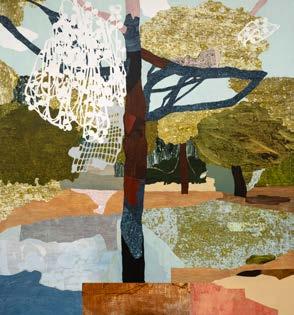
"My paintings and drawings are the result of taking primary pictorial functions (like space, surface, image, perspective and form), reducing them to general terms, and then mixing them up with principles ubiquitous to the way Chaos* is conceptualised across a range of academic traditions (mainly science, theology and philosophy). All of these disciplines illustrate how Chaos is structured by novelty, contradiction, interconnection, continuity, constant change, as well as the all-pervasive presence (and enduring impact) of unseen/ invisible forces and affects. And that all of these are in fact part of the everyday and not some anomaly or exception.
With this work, I am seeking to represent the ubiquitous presence of these invisible forces and affects I mention above, and how they exceed our ability to neatly define or understand them.
*Chaos, not as the opposite of order, but the conditions from which both order and disorder emerge."
"Probing the intersection of politics and ecology Nicola Moss' collage paintings highlight the importance of green spaces amid congested urban environments. Trees reflect a curated ecology, a place where town planning, tree canopy policies and aesthetic, mixes with maintenance regimes, leisure and a sense of well-being. “
“We shape nature and nature shapes us. I’m interested in how we can adapt city environments with plants and sustainable green spaces, to contribute to our well-being, both physical and mental."
‘TREES ARE THE ANSWER - CANOPY COVER’
NICOLA MOSS | Arthouse Gallery
Acrylic and Paper on Stretched Linen
125 x 115cm, $9,500
2O25 ART PRIZE FINALISTS

'UNTITLED 2023’
YALTI NAPANGATI | Utopia Art Sydney
Acrylic on Linen
153 x 122cm, $25,000
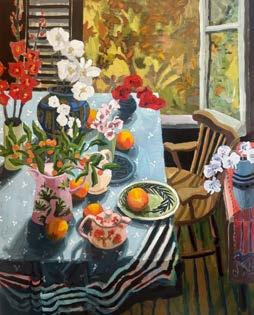
“Yalti Napangati is part of the Pintupi Nine, one of the last of Australian Indigenous people to encounter modern society in 1984, She was born in about 1970. Yalti is one of the more important women painters for Papunya Tula Artists, and lives in Kiwirrkurra in Western Australia, near Wilkinkarra.
The iconography in her work refers to either landscape features, campsites or food sources. At the heart of Pintupi culture are the epic journeys of the Tingari ancestors. The relationship between a person, their country and their ancestors is of great importance and is the spiritual underpinning of Indigenous life. These multiple roles are all united in a series of song cycles that give meaning and structure to the land, and direct a person as they travel through life, both geographically and morally.
The myriad of half circles, denoting women, alerts us to the gathering of many individuals for ceremony. The preparation for ceremony is just as important as the ceremony itself. It’s where the songs and stories are passed on to younger generations. “
“This painting belongs to an ongoing exploration of interior spaces as vessels of memory, emotion, and lived experience. Influenced by the intimate domesticity of Édouard Vuillard, the bold, joyful palette of Henri Matisse, and the psychological clarity and theatricality of David Hockney, this work seeks to capture the vitality of everyday life in rooms steeped in narrative. The scene unfolds slowly—its saturated colours and layered compositions revealing traces of time, touch, and story. A table laid with ordinary yet precious objects becomes a stage for memory, its contents holding a quiet tension between stillness and vibrancy. The open window, the striped cloth, the heavy chairs—they offer both a sense of containment and passage, suggesting the layered thresholds between inner and outer worlds.
My practice centres around spaces that carry the imprint of lives lived. Not pristine rooms, but ones inhabited and marked by gesture, light, and presence. Spaces of familiarity, where one can imagine footsteps, voices, and the weight of everyday rituals.”
‘STILL LIFE WITH AUTUMN VIEW’
KATE NIELSEN | Nanda / Hobbs Oil on Polycotton 150 x 120cm, $7,600
‘Modern House’ is part of a series of paintings documenting modernist Australian architecture. I like to use architecture as an entry point into memory. To me, houses can evoke a certain kind of mindset and energy that characterise an era. NICK OLSEN

‘UNTITLED 2025’
ANGELINA NUNGURRAYI | Utopia Art
Acrylic on Linen
122 x 122cm, $12,000
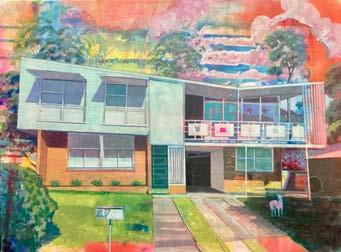
| Wagner Contemporary Oil
“In this painting the artist has painted one of her late father's dreamings, the Tjunginpa (Marsupial Mouse) Dreaming at the site of Marnpi to the south of the Kintore Community. The mice were looking for food and water at this site.
Angelina was born in 1978. She is the daughter of the seminal Papunya Tula Artists painter, Mick Namarrari Tjapaltjarri. Her mother is also a noted painter, Elizabeth Marks Napurrula.
She lives and works in Kintore, NT.”
“‘Modern House’ is part of a series of paintings documenting modernist Australian architecture. I like to use architecture as an entry point into memory. To me, houses can evoke a certain kind of mindset and energy that characterise an era.
As a child of the 1970s, I have surreal memories of visiting friends in houses like the one painted in ‘Modern House’. The western suburbs of Brisbane gave birth to dozens of modern classics like this. With huge glass windows the outside was inside and the shiny new surfaces reflected the recently cleared Australian Bush. I’ve always been curious about our relationship with the bush and what can happen with urban life rubs against the wild world.”
‘MODERN HOUSE’ NICK OLSEN
on Linen
122 x 91cm, $6,500
2O25 ART PRIZE FINALISTS
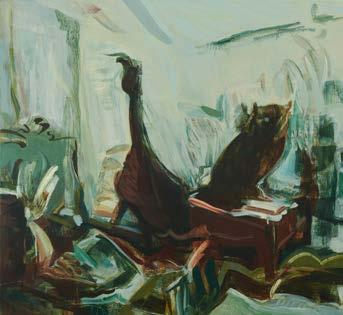
‘LOVE AND FORGETTING'
RENATA PARI-LEWIS | Nanda\Hobbs Contemporary
Mixed Media on Canvas
92 x 102cm, $11,800
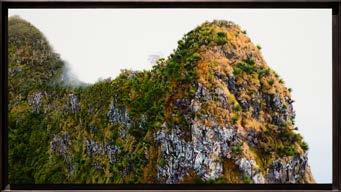
‘PRECIPICE’
HOBIE PORTER | Arthouse Gallery
Oil on Polyester Canvas
77 x 137 cm, $19,500
“‘Love and Forgetting’ is inspired by the studio of Sydney artist Janet Laurence, a magical place full of works in progress as well as objects she has collected which enrich her work. I was drawn to these taxidermy owls, silently perched as if bearing witness to her creative process.
My aim was to convey Laurence’s intimate and poetic relationship with her subject matter, striving for a deeper connection with the natural world and expressing its fragility and vulnerability.”
"My work brings to light the hidden, inaccessible landscapes of the Tweed Valley region. These hyperrealistic paintings depict the sweeping panoramic views with intricate, delicate detail capturing the gothic mystery of the Australian landscape.
Recently in my practice, I have been working with drone footage, accessing impenetrable escarpments and dense rainforest/bush within my immediate environment, achieving interesting perspectives of country. A feeling of weightlessness has always been important to the kind of painting I want to create. The drone has liberated me to access remote sites at key moments when the light and atmosphere awakens the land, as fleeting as it often is. I think that weightless feeling is important as it offers a point of emotional poise or distance. Flying my drone into the mist has the ability to conceal and yet also reveal landscape. The mist also has this guaranteed ability to disorient. With a painting, mist offers a way of activating a kind of ethereal quality I find really enchanting."
Systematic approaches to composition are evident in the balanced arrangement of pink and orange circles: pink evokes warmth and compassion, orange radiates energy and vitality. Together, they form a rhythmic, visual dialogue suspended over a structured grid that evokes data points, networks, and cellular systems.
ELWIRA SKOWRONSKA

“The theme of displacement and migration is 'central to my arts' practice. In this new work I seek to intertwine the idea of the ocean as a memory bank - holding the history and dreams of those who traversed it. The scent of the ocean, like the scent of old stories, is rich with time and echoes the lived histories of family, of displacement, adaptation, and resilience. The imagery in this work includes silhouettes of human figures as they make journeys across mountains and oceans, with the scent of the ocean and its reefs reflecting into the atmosphere.
‘THE MEMORY OF THE WORLD IS THE OCEAN: ITS SCENT IS THE HISTORY OF ANCESTORS’
LISA SEWARDS | Gallerysmith
Multi-Plate Polymer Gravure Etching, Unique State on BFK Rives Cotton Rag Paper
83 x 150cm framed, $6,800
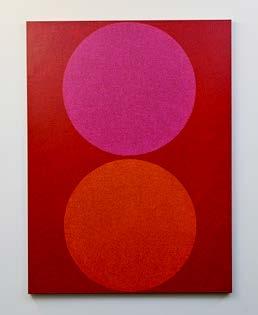
ELWIRA
Acrylic on Linen
144 x 108cm, $8,000
I have used my signature inky blue hues across several etching plates creating an atmospheric finish, and each plate is then hand pulled through my beautiful etching press and across three cotton rag paper panels. I am using the contemporary etching technique of polymer gravure etching where the image is etched under UV light and washed out with water, a non-toxic printmaking method.
My work explores the connection between identity and ancestry, with a focus on migration journeys that have shaped who we are."
“‘Struktura 1’ signifies joy and optimism. Elwira navigates the invisible, microscopic world, merging art and science to illuminate life-affirming processes that remain unseen to the naked eye. This work draws inspiration from Strukturalizm, which emphasized geometry, repetition, and formal explorations of surface and material. Rooted in the ideals of order, system, and process over narrative or expression, ‘Struktura 1’ materializes these principles while extending them to explore the interplay between biological materiality and human emotion. Fine brushstrokes invite the viewer into both the unseen structures of biology and the nuanced range of emotional experience. Systematic approaches to composition are evident in the balanced arrangement of pink and orange circles: pink evokes warmth and compassion, orange radiates energy and vitality. Together, they form a rhythmic, visual dialogue suspended over a structured grid that evokes data points, networks, and cellular systems. The focus on surface texture symbolises the quest for harmony within chaos. ‘In Struktura 1’, abstraction becomes a language for both the emotional and molecular worlds we inhabit. The work ultimately speaks to the deep interconnectedness of human life and nature.”
‘STRUKTURA 1’
SKOWRONSKA | Artereal Gallery
2O25 ART PRIZE FINALISTS

‘MINYMA KUTJARA WINGELLINA III,2024’
RENITA STANLEY | Sabbia Gallery
Acrylic on Canvas
122 x 152cm, $7,500

‘WORRPURR (6909-24)’
GAYPALANI WANAMBI | Michael Reid Sydney + Berlin
“This is the story of the older sister going a long way to get her younger sister and bring her back. They went through many places on the way, but I will only talk about a short bit of their journey at Wingellina. Two women who both came from up north and stayed a while. They both could see that Docker River was closed.
And as they were sitting there they performed ceremony, Inma. After they both threw away their weapons, they threw away their head-rings. Then they got up and left. They went to another place, a hollow called Kantarangkutjara and then they travelled on to Docker River. The story of their travels after Docker River belongs to the Docker River people and others in distant country. My part of the story is short.”
“This work is about Wuyal, the ancestral sugarbag man, an important ancestor of the Marrakulu clan of northeast Arnhem Land. This piece symbolizes his journey during which he named important sites and certain animals. The image refers also to the continuation of the Marrakulu culture in dance, song and ceremony, which are performed by current generations who have inherited this knowledge and culture from ancestral figures such as Wuyal. This story also refers to important Dhuwa moiety ancestors called the Wawilak sisters.Wuyal was the first man to look for any homeland for the Marrakulu people. Wuyal carried with him tools for hunting animals and for collecting wild honey or sugarbag. The dilly bag, Banduk, was used to carry the sugarbag called guku. Wuyal used a stone axe, djalpa, to cut down trees in his search for sugarbag. He also carried a stoneheaded spear for hunting rock wallabies, ulaku.
In their ancestral travels these men travelled alone without wives and conducted what was mens’ business in ceremony. Wuyal’s ceremonial ground where he danced and conducted sacred ceremony, a place near Buffalo Creek and Mt. Saunders is called Wandjipuy.”
'Worrpurr' refers to the continuation of the Marrakulu culture in dance, song and ceremony, which are performed by current generations who have inherited this knowledge and culture from ancestral figures such as Wuyal. GAYPALANI WANAMBI
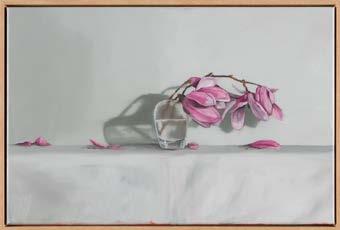
‘MAGNOLIA,
LOVES ME, LOVES ME NOT, FLIRTING’
MIRRA WHALE | Mitchell Fine Art Gallery
Oil on Linen
42 x 62cm, $4,200
“I paint the magnolia's surrender. Not its death, but its apex, that glorious, gravity-defying stretch before the fall. Each spring, these pink explosions against the winter sky become a meditation on time, on the exquisite tension between holding on and letting go. I seek to capture that suspended moment, the full-blown bloom, heavy with its own beauty, a fleeting defiance against the inevitable. My work is an attempt to immortalise this ephemeral dance, to hold within the stillness of paint, the magnolia's vibrant, transient song.
This annual display is a study in contrasts and transformation that compels my artistic exploration. I am drawn to the way these blossoms unfold, from a compact form to a wide, almost defiant stretch, before succumbing to their own weight. My process involves a close observation of this transformation, often focusing on a single, gnarled stem as a microcosm of this cycle. I aim to capture the precise moment of fullness, the peak of the magnolia's "dance," before the petals relinquish their hold. Through my paintings, I seek to translate this act of observation, inviting the viewer to contemplate the delicate beauty and inherent fragility of life. “
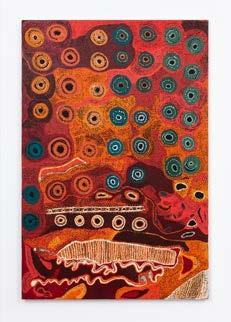
"In terms of formal artistic properties, Ginger Wikilyiri’s works are tours de force. In Ngintaka munu Panukura, Wikilyiri’s control over his palette, his figurative rendition of the goanna and the death adders (indicating sorcerer’s intent, in both cases), his use of line and dotting patterning and the work’s overall compositional elements are impressive and inspiring. Wikilyiri’s beautifully made concentric circles, joined in some instances by wavy lines to signal Tingari travelling through the desert, are not only aesthetically pleasing but convey another important dimension of his work. The concentric circles in Ngintaka munu Panukura are indicative of the journeying of the Tingari Ancestors through this vast stretch of country. Tingari are Ancestral figures, Creator Beings, the bringers of Lore and life to the land, who often sing and dance their way across country. In the past, young initiates took long postinitiatory trips to re-trace the footsteps of Tingari Ancestors across the desert. In Ngintaka munu Panukura the Tingari Ancestors sing the sacred songs associated with the Perentie Man - who is one of their own." Dr Christine Nicholls
‘LUKUPUPU TJUKURPA 19-029’
GINGER WIKILYIRI | Olsen Gallery
Synthetic Polymer on Linen
x 101cm, $8,000
2O25 ART PRIZE FINALISTS

‘CAST AWAYS’
ANNE ZAHALKA | Dominik Mersch Gallery
Photomedia
80 x 100 cm, $8,000
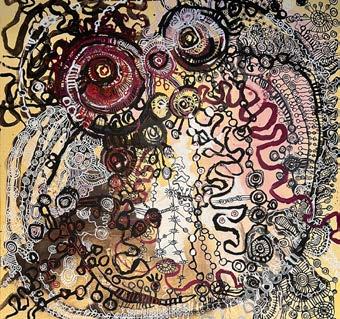
YARITJI YOUNG | Olsen Gallery
Acrylic on Canvas
196 x 196 cm, $35,000
“In ‘Cast Aways’, (2024) two men are recorded on a constructed sea shelf, set against a cheery backdrop of the Australian Museum’s Lord Howe Island diorama. It’s the oldest extant habitat display in Australia and contains approximately 50 seabird specimens collected by museum staff and islanders in 1924. Absorbed in their work, the men examine samples on one of the islets with the distinctive shape of Mount Gower looming behind. Once archival monochrome photographs of early conservationists, these ghostly figures are brought back to life, to examine the plastic pollution washed up from the ocean while planes fly overhead with contrails replacing clouds. A sunny yet disturbing scene points to our changing relationship with the natural world and the environmental impacts that are unfolding. Respecting the naturalists, scientists, environmentalists and artists who ventured into these natural shores, my image shines a light on the ongoing work done by conservationists. Melding painting, sculpture, and photographic elements combine to produce a landscape that is strangely real. An accompanying artist book brings archive and research material together to acknowledge and honour the rich legacy these intrepid naturalists leave.”
"Yaritji is telling the story of the Tjala or Honey Ants which are found about a metre underground beneath Mulga trees. The Honey Ant tunnels that lead down to the ant's nests are called nyinantu. The Honey Ant larvae are called ipilyka-ipilyka.
Honey Ants are a highly favoured food source. When the Pitjantjatjara go looking for Honey Ants they look for the drillholes under the trees. When they see them, they shovel and dig down, following the tunnels to find the Honey Ants inside. They suck the honey-like liquid from the abdomen of the Honey Ant. The story of the Honey Ant is told across the Northern Territory into South Australia. The Honey Ant is an important link between Anangu mythology and interdependence on the environment. The Honey Ant Ancestors are related to the country around Amata."
‘TJALA TJUKPURPA - HONEY ANT STORY’
2024 ART PRIZE GALA AND ANNOUNCEMENT DINNER
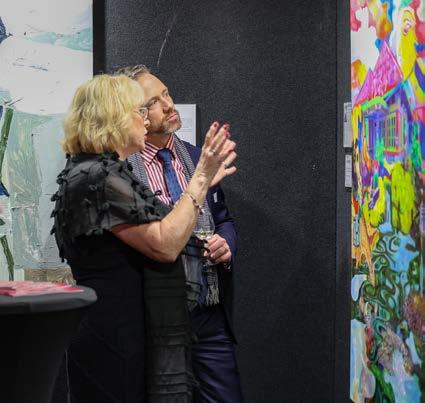
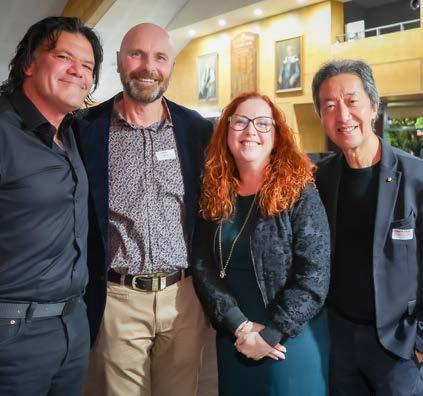
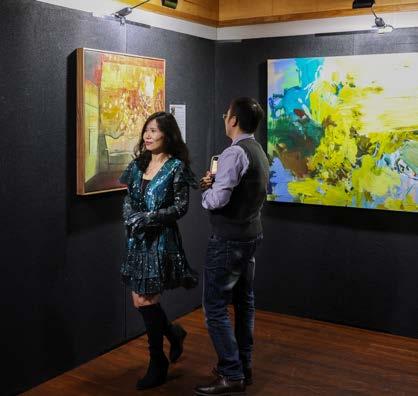
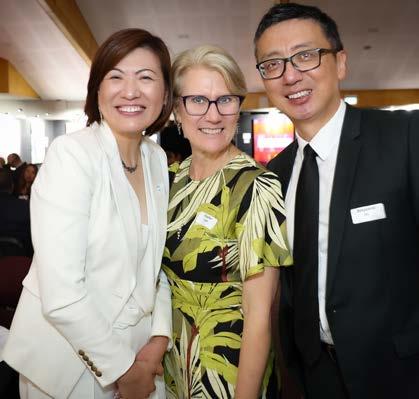

2O25 ART PRIZE FINALISTS THE KING’S SCHOOL ART PRIZE RETROSPECTIVE WINNERS
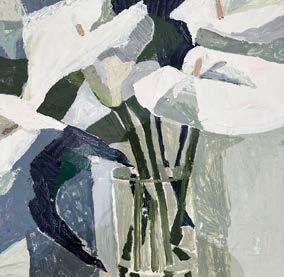
SINCE 1994 THE KING’S SCHOOL HAS, THROUGH ITS PRESTIGIOUS ART PRIZE, ACQUIRED THE WORKS OF SOME OF AUSTRALIA’S MOST INFLUENTIAL AND INNOVATIVE CONTEMPORARY ARTISTS. 2024


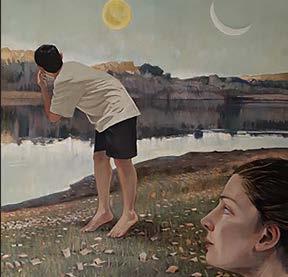
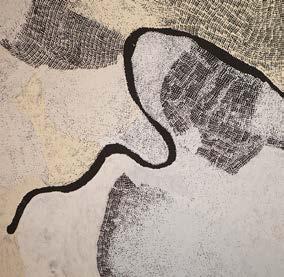

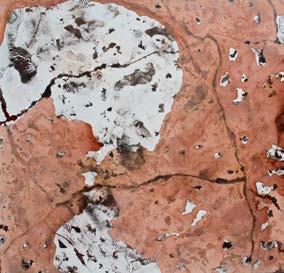
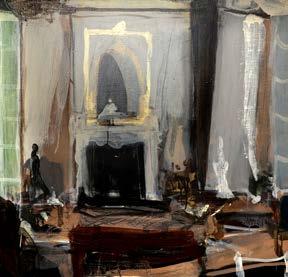

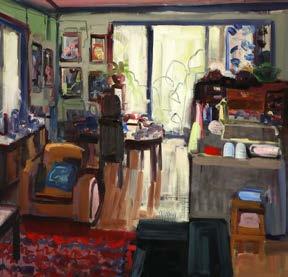
2O25 ART PRIZE FINALISTS
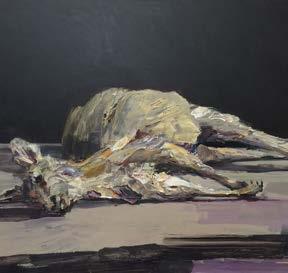
2014



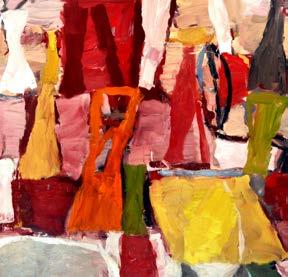

2011
EUAN MACLEOD CLIMBERS
2009
GLORIA PETYARRE UNTITLED (LEAVES)
DYER
OCEAN BEACH
ROSS LAURIE RAM’S GULLY - BUTT UP
MAESTRI
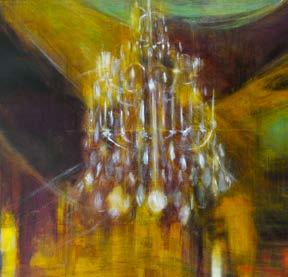
2008
RODNEY POPLE CRYSTAL CLEAR II
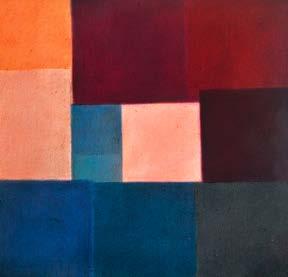
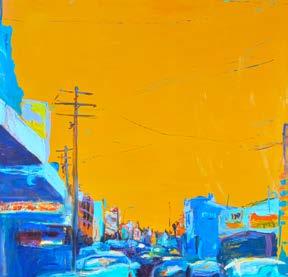

2007 NICHOLAS BLOWERS GUM AMONGST A TANGLE OF BUSH DEBRIS
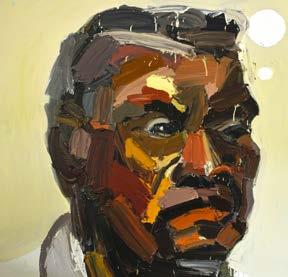

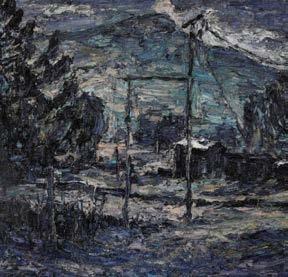

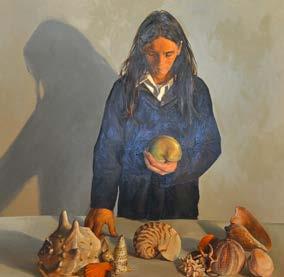
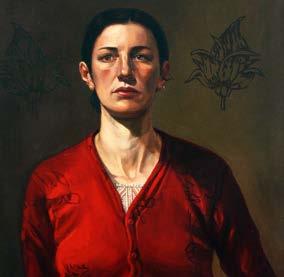

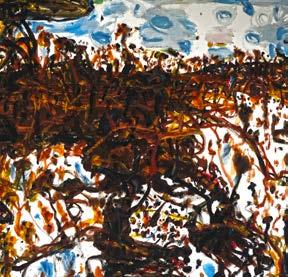

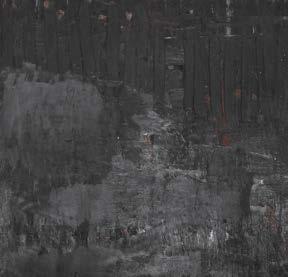

LYNDAL BROWN AND CHARLES GREEN
NERVOUS SYSTEM 1994 AIDA TOMESCU GREEN TO GREY













2O25 ART PRIZE FINALISTS

Carrera offers a comprehensive range of bespoke consulting solutions to ensure your business has the optimal structure, people, and capabilities needed for success. Our 22+ years of expertise in organisational design and capability development ensures that you have the right individuals in the right roles, working to their full potential.


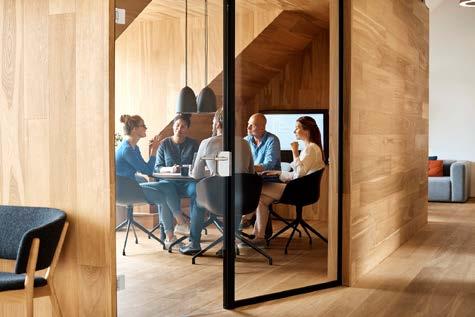
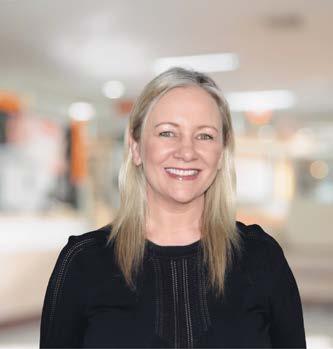

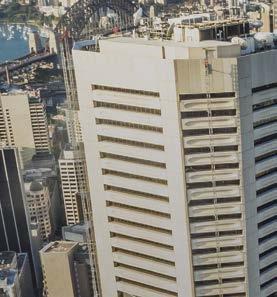
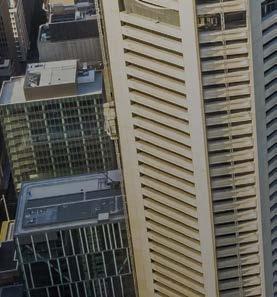

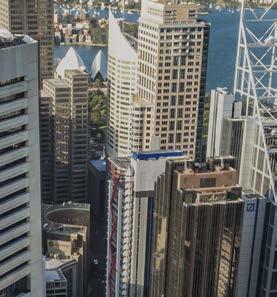


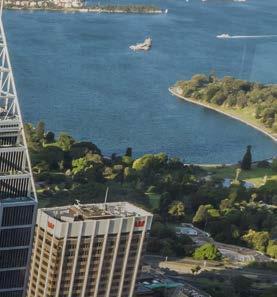


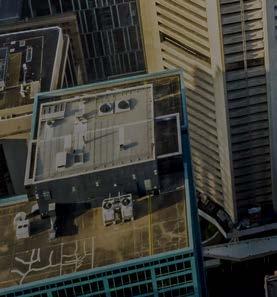
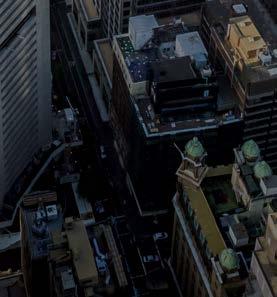
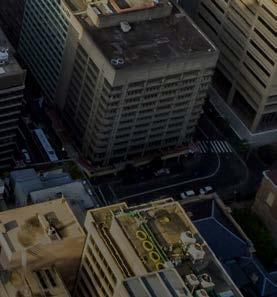




GOLD SPONSORS
SILVER SPONSORS

